Why the Housing Demand in Malaysia is Skyrocketing Despite Challenges | RumahHQ

Ever noticed how the housing scene in Malaysia seems to be on an endless rollercoaster ride? One moment, it’s all about affordability and balancing budgets, and the next, demand for homes is hitting the roof—literally! It’s a curious mix of factors driving this surge, despite the hurdles that usually slow things down. From economic shifts and urbanization to changing lifestyles, there’s a lot at play. So, let’s dive into what’s really going on in the housing market and unpack why more Malaysians are eager than ever to snag a piece of property, even when the going gets tough. Buckle up!
Exploring the Factors Behind Malaysias Housing Demand Surge
In recent years, the housing market in Malaysia has seen an impressive increase in demand, despite various economic challenges. Several factors contribute to this upward trend, primarily the low-interest rates that have made home financing more accessible. Many buyers, especially first-time homeowners, feel encouraged to take the plunge into the property market while borrowing costs are attractive. Additionally, government incentives aimed at promoting home ownership, such as reduced stamp duties and subsidies, have provided further impetus for individuals and families to invest in real estate.
Urban migration plays a pivotal role in this housing demand surge as well. As more individuals flock to urban areas in search of better job opportunities and an improved standard of living, the demand for housing in these cities escalates. The influx of people generates a need for diverse housing options, from affordable apartments to high-end condominiums. As development projects increase, urban centers will likely continue to attract new residents, perpetuating this cycle of demand.
Moreover, the cultural aspect cannot be overlooked. Homeownership is deeply ingrained in Malaysian society, viewed as a symbol of success and stability. Families are increasingly prioritizing owning a home that can serve as an investment for future generations. Key factors driving this sentiment include:
- Legacy and tradition: The desire to pass down property to children.
- Financial security: Homeownership is seen as a safeguard against inflation.
- Social status: Owning a home boosts one’s prestige in the community.
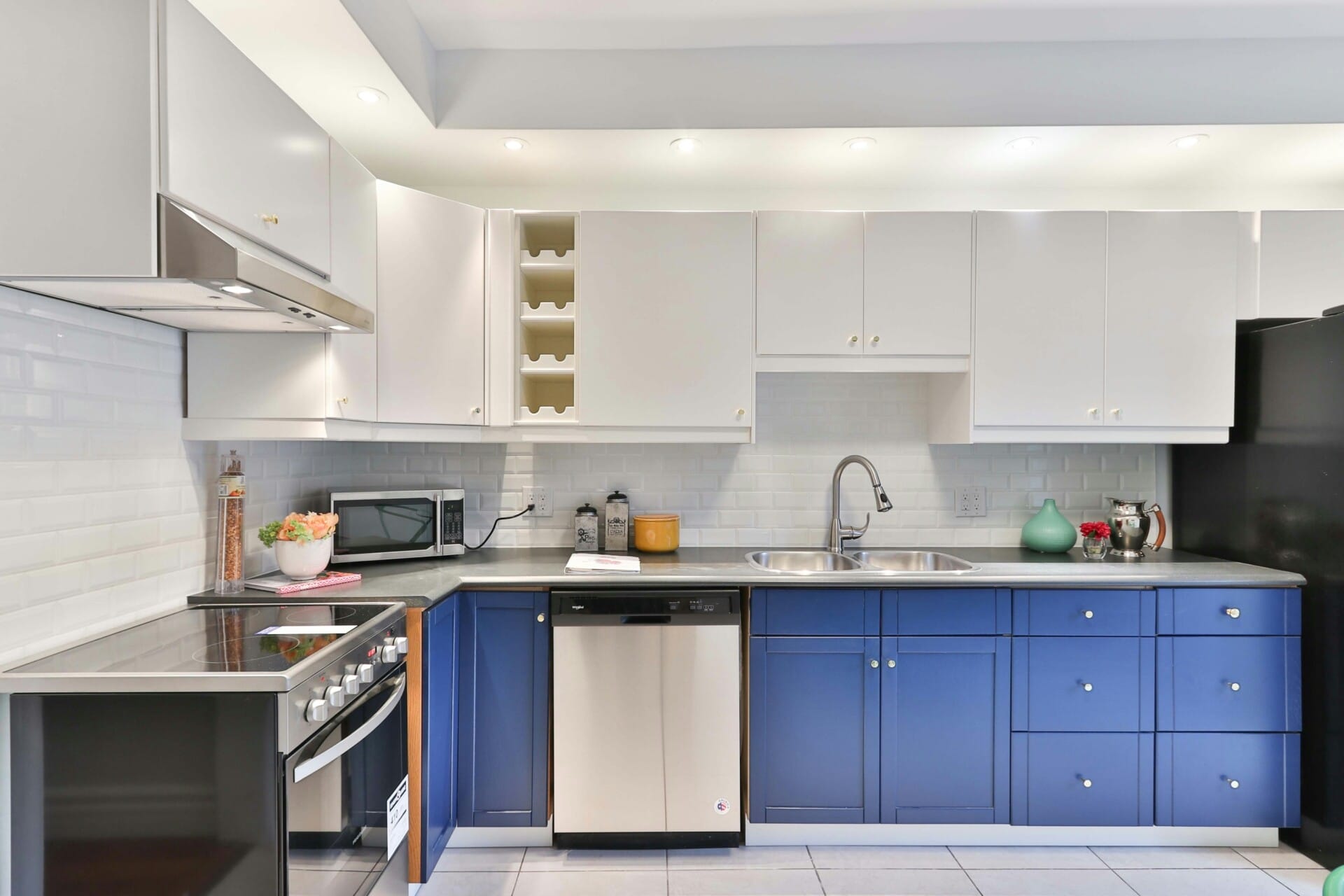
Economic Resilience: A Driving Force in the Real Estate Market
In recent years, Malaysia’s real estate market has shown remarkable resilience, largely driven by the country’s economic adaptability. Despite various challenges, including fluctuations in global markets and high living costs, the demand for housing has continued to soar. This dynamic is primarily fueled by a combination of factors that reflect not just a survival instinct but an optimistic outlook on growth. Homebuyers are actively looking for opportunities, often pivoting towards areas that offer both affordability and potential appreciation.
One key aspect contributing to this surge in housing demand is government initiatives aimed at promoting home ownership. Programs such as My First Home Scheme and various incentives for first-time buyers have made it easier for Malaysians to enter the property market. Additionally, developers are responding to changing consumer demands by offering innovative housing solutions that cater to different lifestyles. For example, the trends towards eco-friendly homes and smart technology integrations have captured the attention of younger buyers who are increasingly conscious of their living environment.
Moreover, the evolving landscape of urbanisation is playing a crucial role in shaping housing preferences. Many buyers are gravitating towards suburban areas and satellite towns, drawn by the promise of a more balanced lifestyle. Factors driving this shift include:
- Affordability: Housing prices in urban centers can be prohibitive.
- Quality of Life: Suburban areas often provide a more relaxed living atmosphere.
- Accessibility: Improved infrastructure and connectivity make these areas more appealing.
This combination of economic support, innovative solutions, and changing lifestyle preferences is not just transforming the housing demand curve; it’s also shaping the future of Malaysia’s real estate landscape.
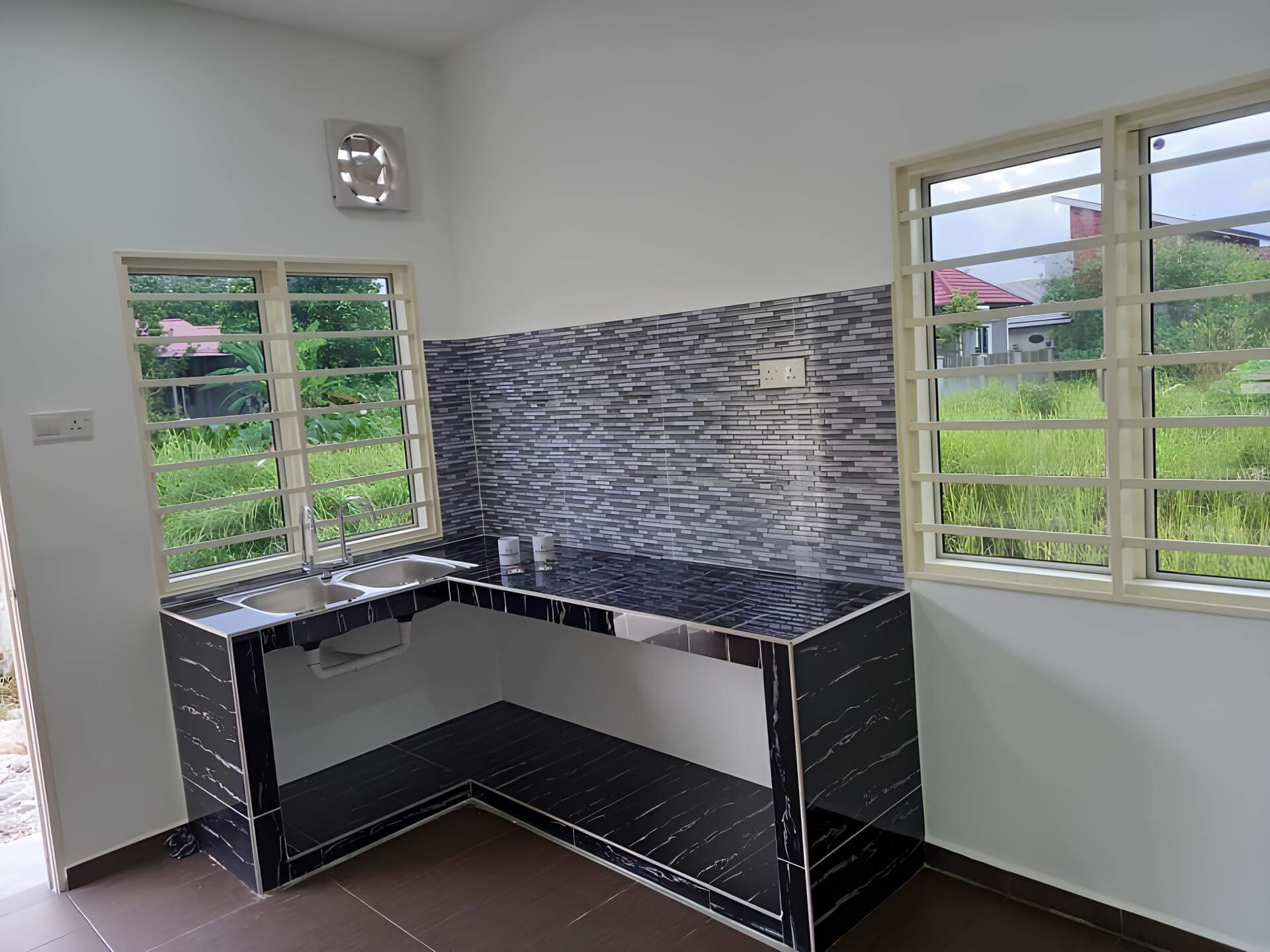
Demographic Shifts: Understanding the Changing Buyer Profile
The real estate landscape in Malaysia is evolving, and it’s essential to dive into the demographic shifts that are influencing the buyer profile. Today’s housing market is not only shaped by traditional demographic factors but also by a range of social and economic dynamics. For instance, younger generations are increasingly making their mark, driven by their desire for independence and modern living arrangements. This has led to a surge in demand for affordable housing options that cater specifically to single professionals and young families looking to invest for the future.
Moreover, the influx of a tech-savvy population has heightened the significance of digital platforms in the home-buying journey. Buyers are now more expected to conduct extensive research online, relying on virtual tours and social media insights to make informed decisions. This shift calls for real estate developers and agents to enhance their online presence, providing comprehensive digital resources to captivate this discerning audience. Here are some additional factors influencing buyer preferences today:
- Eco-friendly designs: Buyers are increasingly seeking homes that prioritize sustainability features.
- Urban living: Proximity to amenities, schools, and public transport is now a top priority.
- Flexible spaces: Homes that can adapt to work-from-home setups are gaining popularity.
To illustrate how these demographic changes are shaping market trends, the following table summarizes key insights on buyer characteristics:
| Demographic Group | Key Preferences | Investment Motivation |
|---|---|---|
| Millennials | Smart homes, community living | Long-term investment, financial independence |
| Families | Safety, good school districts | Stability, family growth |
| Retirees | Single-level homes, accessibility features | Comfort, maintenance-free living |
The overall vibe in the housing market is one of adaptation and growth. As the buyer profile continues to change, it’s crucial for developers and investors to stay updated about these trends, ensuring they can meet the evolving demands of consumers. The interplay of demographic shifts and market responses will shape the future of Malaysian real estate in exciting new ways.

In Malaysia, several government initiatives are stepping up to make home ownership more attainable for the average citizen. Programs like the First Home Scheme (FHS) and MyDeposit are tailor-made to assist first-time buyers in navigating the often daunting real estate market. These initiatives not only provide financial support but also empower individuals with the knowledge they need to make informed decisions when purchasing their first home.
Key features of these programs include:
- Subsidized Loans: Offering affordable financing options that lower the barriers to entry.
- Deposit Assistance: Funding programs helping buyers cover the initial deposit needed for home purchases.
- Financial Literacy Workshops: Educating prospective homeowners about budgeting, mortgage options, and the buying process.
Moreover, the government has introduced various housing schemes specifically aimed at low- and middle-income groups, encouraging the development of affordable housing projects across the nation. These initiatives have significantly impacted the supply side of the housing market. Here’s a brief look at some of the key schemes:
| Scheme | Description | Target Group |
|---|---|---|
| PR1MA | Provides affordable homes for Malaysians with household incomes below RM10,000. | Middle-Income Families |
| SMP | Facilitates the building of affordable housing projects throughout urban areas. | Low-Income Families |
| MyHome | Offers incentives for developers to build affordable homes to sell at lower prices. | New Home Buyers |
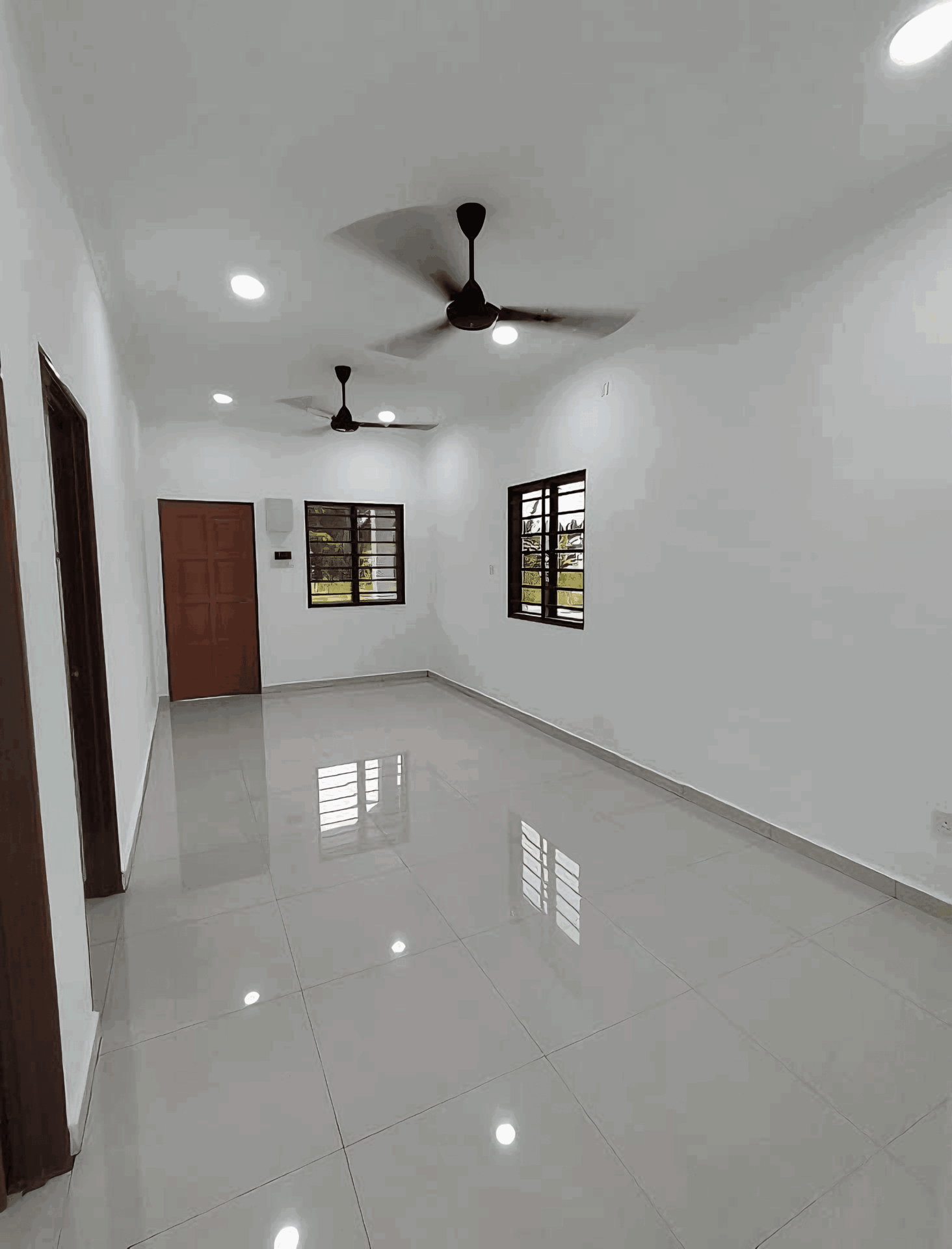
Technology and Innovation: Transforming Property Transactions
In a fast-paced world, technology is rapidly shifting how we approach property transactions. With platforms bursting into the scene, buyers and sellers can now connect with just a few clicks. This level of accessibility means that you don’t have to rely solely on traditional methods. Instead, one can explore properties listed online, view virtual tours, and even participate in auctions from the comfort of home, which can be especially beneficial in a bustling housing market like Malaysia.
Moreover, these tech-savvy solutions often come with powerful tools that enhance decision-making. For instance, buyers can access market analytics, price trends, and even local amenities at their fingertips. Agencies and developers are leveraging innovative apps and websites, offering users a more interactive experience tailored to their preferences. Features such as augmented reality (AR) allow potential homeowners to visualize spaces, making the decision-making process smoother and more engaging.
Another exciting aspect is the smart contracts powered by blockchain technology. This not only increases transparency but also simplifies the complex process of property ownership. With faster transactions and reduced paperwork, buyers can close deals quicker than ever. Here’s a simple comparison of traditional vs. tech-driven transactions:
| Aspect | Traditional Transactions | Tech-Driven Transactions |
|---|---|---|
| Time to Close | Weeks to Months | Days to Weeks |
| Paperwork | Extensive | Minimal |
| Transparency | Limited | High |

Urbanization Trends: The Allure of City Living
As urban areas continue to swell, many Malaysians find themselves increasingly drawn to the vibrant tapestry of city life. There’s a certain thrill in the hustle and bustle of urban environments, offering a plethora of opportunities—be it in employment, education, or entertainment. City living has become a symbol of modernity and progress, with its sleek infrastructure and rapid access to services that cater to today’s fast-paced lifestyle.
Moreover, the shift towards deeper urbanization is not merely about convenience; it’s about connectivity. Cities are evolving into cultural melting pots, where diverse communities connect, collaborate, and innovate. People are looking for neighborhoods that not only provide basic amenities but also foster a communal spirit. This rising demand leads to an uptick in housing projects, as developers scramble to meet the needs of the growing urban populace. Key factors that contribute to this phenomenon include:
- Job Opportunities: Cities often encompass a variety of industries, attracting talent from all over.
- Social Amenities: From shopping malls to healthcare facilities, urban areas offer a range of essential services.
- Cultural Activities: Access to arts, performances, and nightlife captivates those seeking an enriched lifestyle.
Interestingly, the increase in urban living does not come without its challenges. Issues like rising housing prices and overcrowding often lead to discussions about sustainability and quality of life. Yet, despite these hurdles, the allure of city living prevails. To illustrate, consider the following table showcasing the projected growth in urban housing needs in major Malaysian cities:
| City | Current Housing Demand | Projected Growth (2025) |
|---|---|---|
| Kuala Lumpur | 500,000 units | 700,000 units |
| Penang | 150,000 units | 220,000 units |
| Johor Bahru | 180,000 units | 250,000 units |
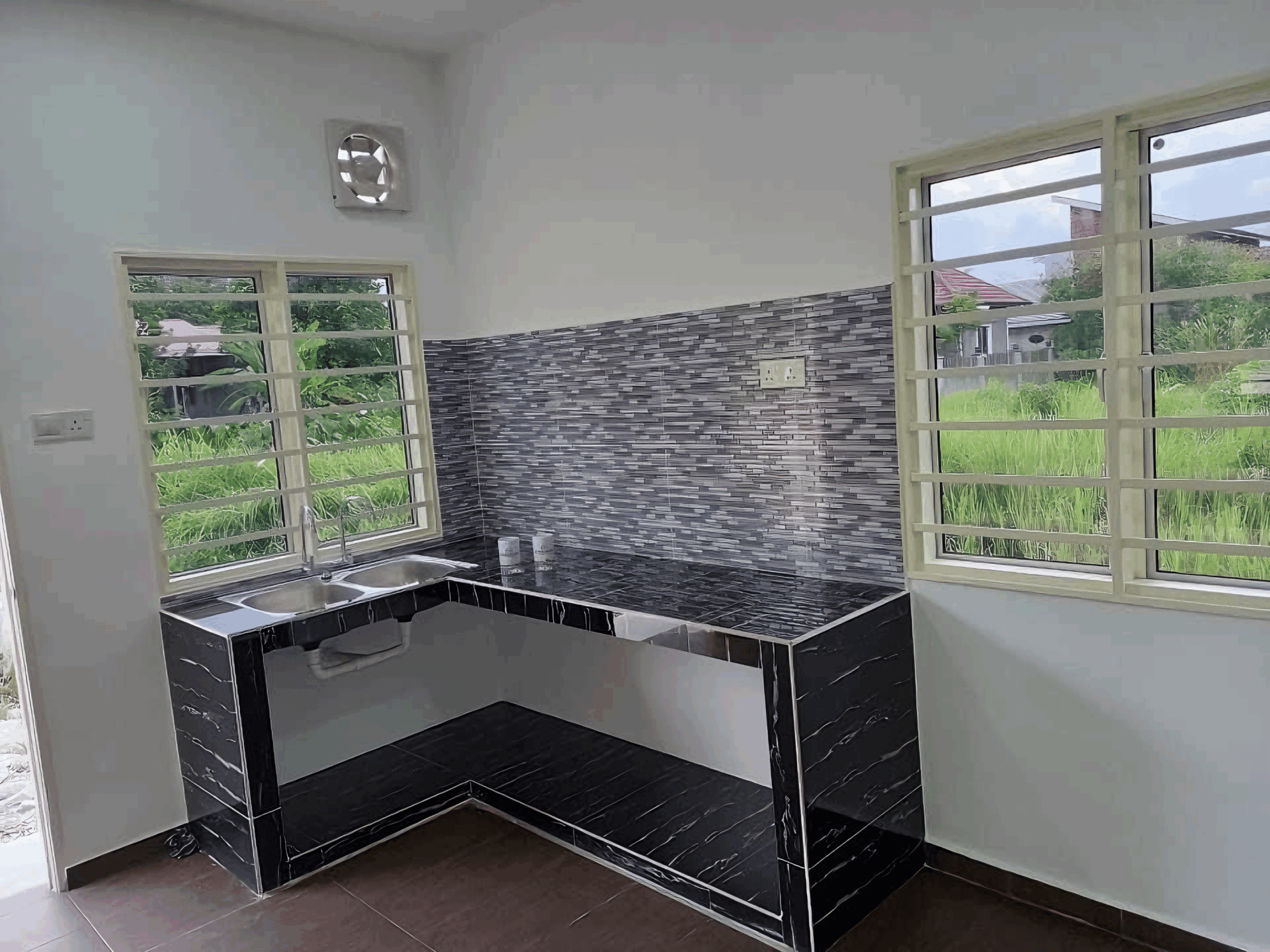
Investment Opportunities: Building Wealth Through Real Estate
The real estate market in Malaysia has become a goldmine for investors looking to build long-term wealth. Despite economic uncertainties and regulatory challenges, the housing demand keeps climbing, which is a significant indicator for potential returns. Investors are recognizing this environment as a unique opportunity to capitalize on low-interest rates and increasingly favorable market conditions. Location, affordability, and property type are critical factors influencing buying decisions, and these play into the broader trend of urbanization and lifestyle changes among Malaysians.
As the population in urban areas grows, so does the need for housing. There are a few standout segments attracting attention:
- Affordable Housing: With many first-time buyers entering the market, affordable housing remains in high demand.
- Luxury Properties: High-net-worth individuals are increasingly investing in premium homes, especially in prime locations.
- Commercial Real Estate: The rise of remote work has reignited interest in commercial spaces, especially those adaptable to flexible workplaces.
| Property Type | Growth Potential (%) | Prospects |
|---|---|---|
| Affordable Homes | 10-15% | High demand among young buyers |
| Condos | 8-12% | Urban living trend bolstering sales |
| Commercial Units | 6-10% | Adaptable spaces increasing popularity |
In this dynamic market, investors who stay informed and adaptable are more likely to thrive. By leveraging current trends and understanding the evolving needs of buyers, real estate can be a powerful asset for wealth creation. Whether you’re eyeing a cozy apartment in a bustling city or exploring innovative commercial spaces, the potential is substantial and worth considering now more than ever.
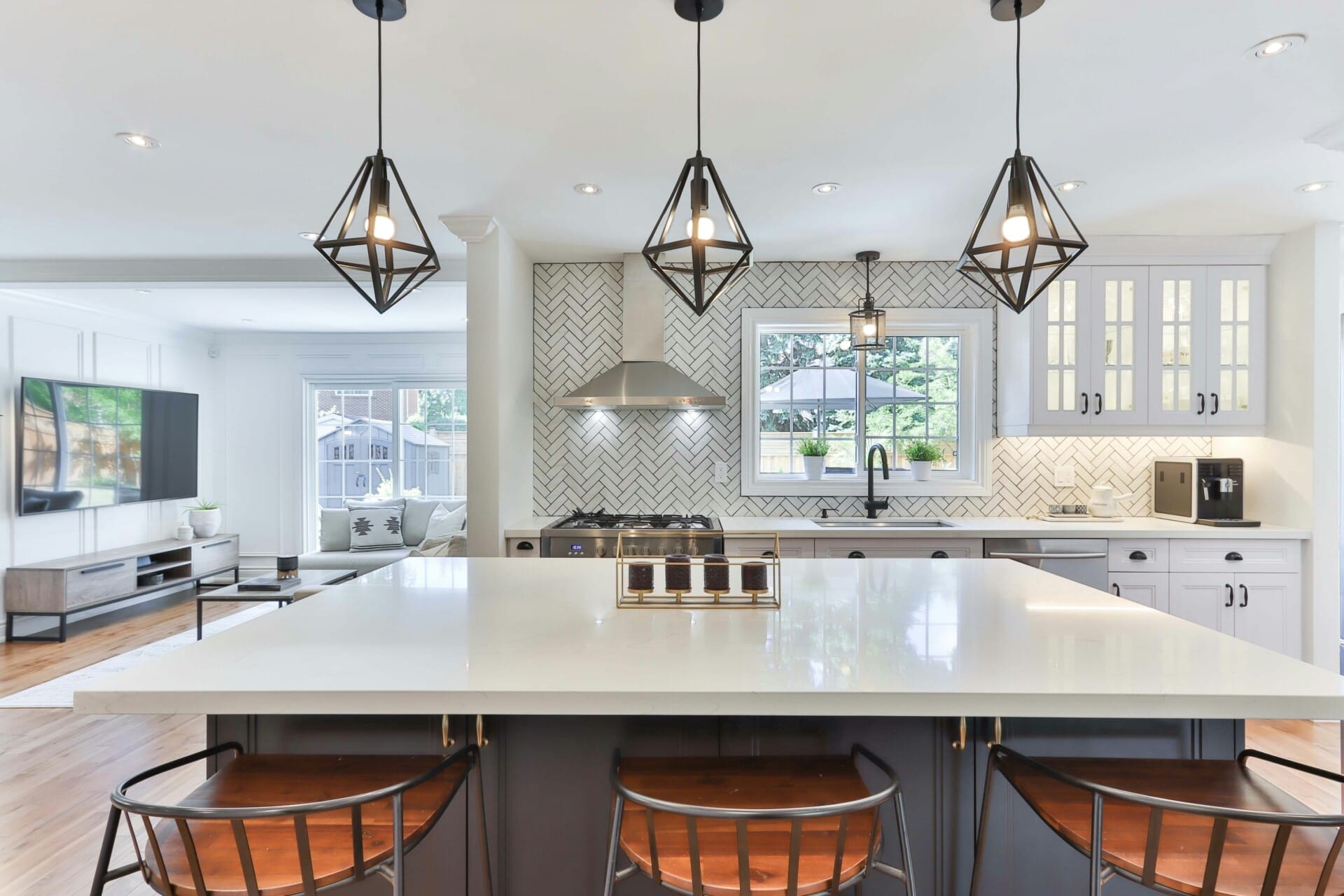
Strategies for Stakeholders: Navigating Challenges in the Housing Sector
In the ever-evolving housing landscape of Malaysia, stakeholders need to adopt a multi-faceted approach to address the myriad of challenges while seizing the opportunities that come with skyrocketing demand. A robust understanding of market dynamics is essential, so stakeholder collaboration is more crucial than ever. Developing strong partnerships with local governments, property developers, and community organizations can lead to more effective policies and initiatives that respond to the urgent housing needs of various demographics.
One effective strategy is to embrace innovative housing models that cater to diverse income levels. This includes exploring options such as co-housing, affordable rental schemes, and social housing projects. Stakeholders should also consider leveraging technology to streamline processes and improve accessibility. By utilizing digital platforms for marketing and transactions, they can enhance communication and engagement with potential buyers, fostering a more transparent environment.
Furthermore, understanding public sentiment and behaviour can provide insights into housing preferences. Conducting market research through surveys and community forums can help stakeholders stay attuned to changing demands. Utilizing data analytics allows for informed decision-making that aligns with consumer trends, ensuring that developments are not only visually appealing but also functional and desirable. In this time of housing challenges, proactive strategies will make a world of difference in shaping a sustainable future for Malaysia’s housing sector.
In Conclusion
As we wrap up our exploration of Malaysia’s housing demand, it’s clear that the housing market is a wild ride, isn’t it? Despite the ups and downs—whether it’s economic challenges, rising costs, or changing lifestyles—people still seem eager to find their dream homes. It’s like a dance between necessity and aspiration, pushing everyone to keep searching for that perfect space to call their own.
Maybe it’s the allure of urban living, the promise of community, or simply the hope that comes with owning property. Whatever the reason, it’s a testament to the resilience and ambition of us Malaysians. So, as we look ahead, let’s stay optimistic about what the future holds. Whether you’re a first-time buyer, an investor, or simply curious about the market, keep your eyes peeled. There’s always something new happening out there!
the home isn’t just a structure; it’s where stories are built and memories are made. And in a country as vibrant as ours, it’s no surprise that the demand continues to soar. Here’s to finding that special place that feels just right! Cheers to the journey ahead!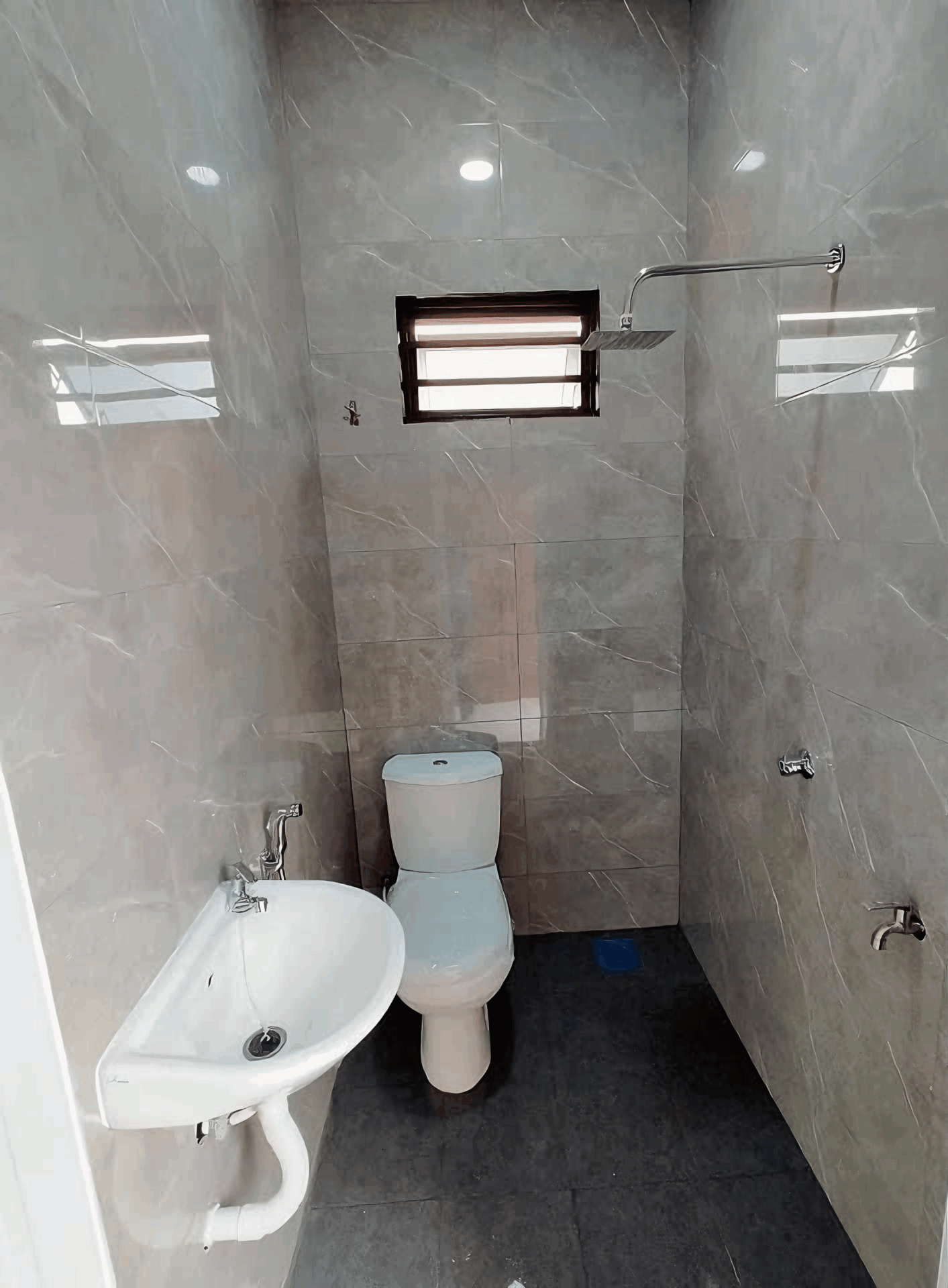
kontraktor rumah
bina rumah
pinjaman lppsa
pengeluaran kwsp
spesifikasi rumah
rumah batu-bata
pelan rumah
rekabentuk rumah
bina rumah atas tanah sendiri
kontraktor rumah selangor
rumah banglo
Source link











